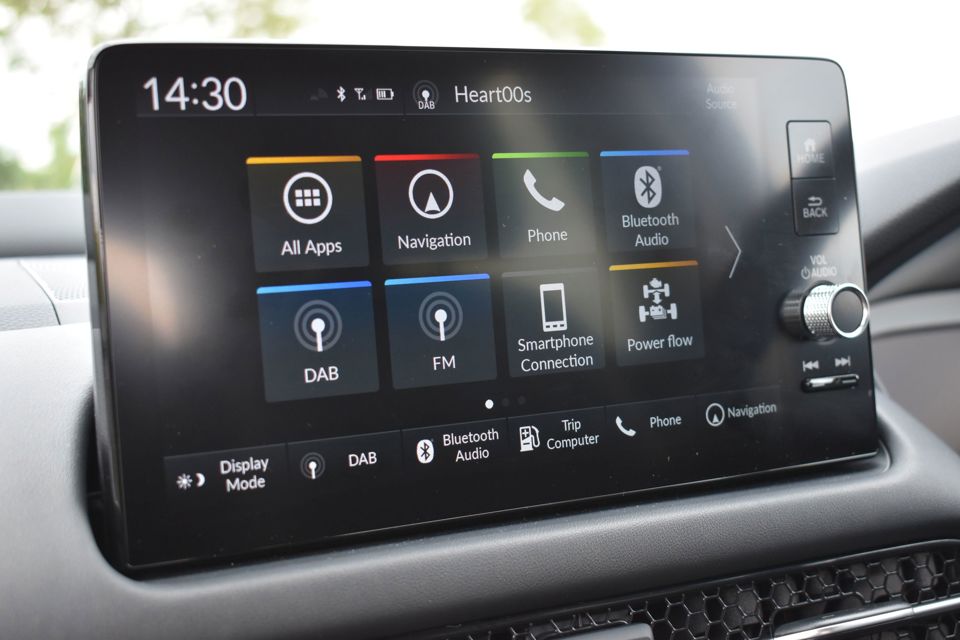A video, developed to help reduce the use of hands-free phones by business drivers, aims to debunk the myth that it is safer than using a hand-held device.
Despite being legal, research studies have demonstrated that hands-free calls can be just as distracting as hand-held calls while driving.
As a result, an increasing number of companies are bringing in policies to ban both hand-held and hands-free calls while driving for work - but face an uphill task in convincing drivers to adhere to such policy.
Grounded in behavioural change theory, the video, which was funded by The Road Safety Trust, was developed and produced by the Kier Group, Kier Foundation and Nottingham Trent University and has been rolled out by the Kier Group to its staff.
The project used a survey of 400-plus company drivers and a focus group of experts to identify current ‘myths’ that people who drive for work rely on to justify hands-free use while driving, and to then create a road safety video that debunks them.
The myths included: hands-free is legal, so it must be safe; driving is ‘dead time’; hands-free is safe because your eyes are on the road and hands are on the wheel; and hands-free is no different to talking to a passenger.
Ray Webb, group senior insurance claims manager at Kier Group, said: “The safety of our people is our most important duty – whether this is on site or while travelling – and Kier has had a policy in place on hands-free phones for a number of years.
“This work with the Road Safety Trust and Nottingham Trent University will help to educate and protect everyone on the roads about the dangers of hands-free calls.”
Ruth Purdie, chief executive of The Road Safety Trust, explained that, despite its legality, it is well understood that the use of hands-free mobile phones is a danger to drivers.
“As a result, this resource can play a key role in helping organisations to keep their drivers safe on the roads, such is their responsibility,” he said. “We encourage them to make use of it.”
The video, created in collaboration with Esitu Solutions, was evaluated in a study that compared mobile phone use, and attitudes towards mobile phone use (both hand-held and hands-free), for a group of drivers who watched the video and a control group who watched a road safety video unrelated to phone use.
The process of selecting the myths and creating the videos, said The Road Safety Trust, has also provided a powerful protocol for future video-based interventions to follow.
Analysis demonstrated clear improvements in safety-related attitudes regarding mobile phone use while driving in the intervention group compared to the control group.
When asked directly whether the myth-busting video had changed their understanding of the dangers of mobile phones, 95% said that their knowledge of the dangers of mobile phone use had increased, while 80% said that they would limit or completely avoid hands-free mobile phone use while driving in the future.
Professor David Crundall, of Nottingham Trent University, said: “We’ve known about the dangers of hands-free phones for decades, but the message has just not got through.
“Now, through our work with Kier, we have demonstrated that it is possible to present the evidence in such a way as to change drivers’ attitudes to hands-free use.
“Our next challenge is to make sure as many drivers as possible are exposed to this message.”
The video is available on The Road Safety Trust website.





















Login to comment
Comments
No comments have been made yet.